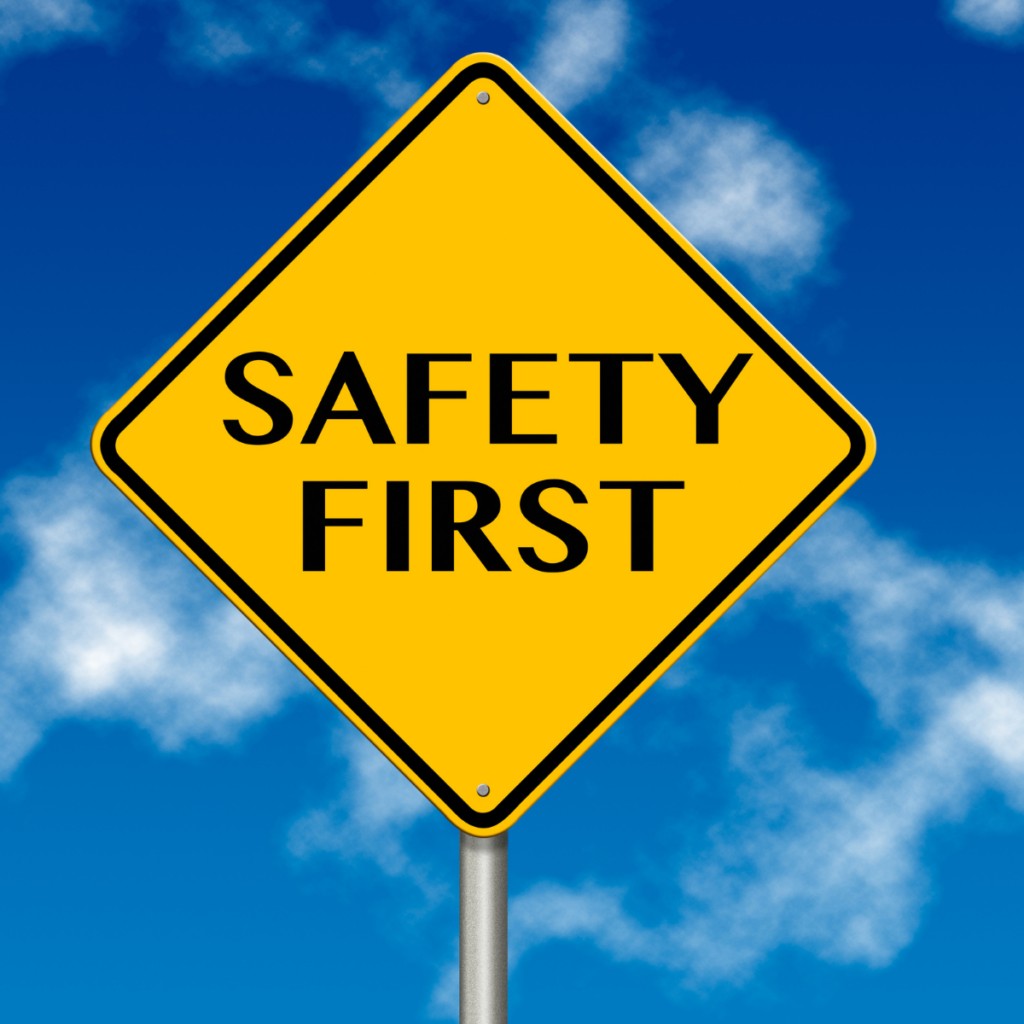This is our basic carrying safety guide. We take you through simple checks to ensure safety.
High priority carrying safety checking: ABS
Aware
Breathing
Secure
Carer is attentive and responsive
Carer can easily monitor child
Free air circulation
Unobstructed face
Chin off chest
Upright carry
Close carry
Hands on until secure
Adjust with care
Remove slack
Minimise gaps
Support bottom & back
General safety cautions
These aspects are general cautions to ensure safety but they are not specific to carrying.. They are relevant when carrying and using slings, and at all times when caring for a child.
Stay sober enough
Make sure when carrying in arms, or in a sling, that you are sober enough to take care of your baby or child.
Practice safe sleep
When using slings and carriers, you still need to follow the safe sleep guidance.
Avoid over-stimulation
Young children experience the world intensely, therefore, they can become overwhelmed easily.
Certain activities restricted
Some activities are either not legal, or not sensible whilst you are carrying a child in a sling or carrier, such as riding a bike.
Ensure protection from the elements
Identify body parts that are exposed to the cold, wet, or sunlight, then use protective clothing and suncream as needed.
Regulate temperature
It is important to consider your child's temperature when using slings and carriers. Slings provide extra layers, but some body parts remain exposed. Overheating babies can be particularly dangerous.
Important checks
Sling is fit for purpose
Check your sling or carrier for damage or faults, especially paying attention to stitching, holes or buckles.
Hydration is maintained
Check in with yourself regularly in order to make sure you and your child have had enough to drink. Young babies feed regularly.
Around you for hazards
Check the space around you as your view can be impaired by carrying a child, so you could trip or slip more easily.
With a professional if unsure
Finally, always check with a carrying professional if you are unsure about sling use or carrying safety. We offer up to 15 minutes phone support for free, and try to answer emails and messages with 24 hours. There are online social groups where parents and professionals can answer questions. Moreover, there are hundreds of consultants across the world ready to support you.
A note about carrying safety and optimality
You will notice that we don’t talk much about hips, spines and position here. That is because those are about comfort and development. They are really important, but not directly about carrying safety. Below you will find a link to our guide to optimum carrying, which includes comfort and developmental considerations. There are also links to manufacturers instructions and to downloads of ours and others’ safety guides.








Responses